What is there about Qin Shi Huang's tomb that made the "ancestor of tomb robbers" quit his job after just one visit?
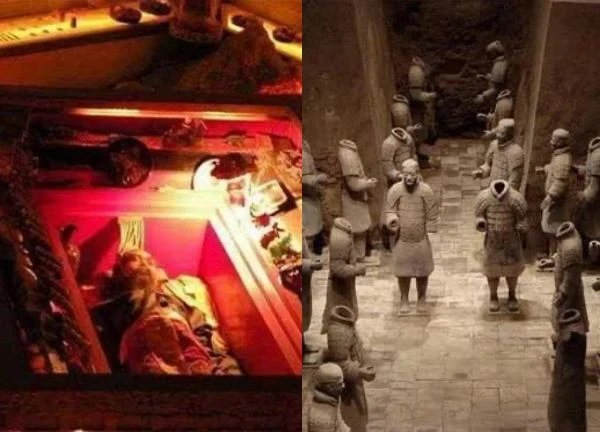
3 | 1 Discuss | Share
Qin Shi Huang's tomb is more than 2000 years old. Over time, the stories of the impregnable place made the resting place of King Qin even more mysterious.
Although the tomb of Emperor Qin Shi Huang has been discovered for decades, archaeologists insist that it is impossible to enter inside. One of the most well-known is that there is still a large amount of mercury inside.
Explaining why King Qin chose mercury, scholars give the following reasons:
First of all, to prevent grave theft. According to historical records, there are many historical relics and rare treasures sealed in the tomb of Qin Shi Huang. Mercury is a poison that can enter the human body through pores and lead to danger. Therefore, filling with mercury is said to be an extremely effective way to prevent theft.
The second is to show luxury. Mercury was something very valuable, especially in ancient times. At that time, refining technology had not yet developed, so mercury was also considered a symbol of wealth.
The third is to preserve the body. In essence, mercury is highly volatile, has strong bactericidal properties, and can be used for disinfection. The pouring of mercury into the tomb also has an antioxidant effect, prolonging the life of the underground palace. Mercury also made Qin Shi Huang's body decompose more slowly.
Later, during the investigation, experts discovered a shocking secret!
When conducting geophysical and geochemical surveys on the Qin Shi Huang Mausoleum, a group of scientists noticed that although it was a cold winter, there were still pomegranate trees sprouting here. Not only that, it is also more lush than other trees around.
According to common sense, if the heavy metals in the soil exceed the standard, the plant cannot survive. But this pomegranate tree not only survives but also bears fruit, the fruit of this tree is very strange and it has an extremely eye-catching appearance.
Out of curiosity, the experts took one to check. The test results surprised them.
Although geological results have long found that the mercury content exceeds the permissible threshold, it is unexpected that the mercury in the skin of this pomegranate is hundreds of times more than ordinary fruits.
From there, it is possible to imagine how large the amount of mercury in the tomb of Qin Shi Huang is. According to history books, Qin Shi Huang dug deep trenches around the tomb and filled it with mercury, shaping it like a river. The tomb of Qin Shi Huang has soldiers and horses, mountains and rivers, symbolizing eternal life in the afterlife.
This claim was later verified by experts. Indeed, there are many institutions in Qin Shi Huang's tomb, and the mercury reservoir is no longer in doubt. In order to preserve the tomb as well as the safety of humans, scientists have chosen to keep the current state of the tomb.
It can be said that King Qin had calculations far beyond posterity many times. His tomb is one of the rare relics that is still intact.
Since 1974, archaeologists working at the tomb of Qin Shi Huang in Xi'an, Shaanxi have made many discoveries that help enhance the understanding of the famous emperor in Chinese history.
1. Terracotta Army in Pits 1, 2, 3
The first pit was discovered in 1874 when local farmers were drilling wells. Later, archaeologists found pits two and three to the north of it in 1976, forming a cluster of satellite craters about 1.5 km from Qin Shi Huang's main tomb. The three pits, which have an area of 14,260, 6,000 and 520 m2 respectively, contain about 8,000 terracotta warriors and horses, more than 100 model chariots and more than 40,000 bronze weapons.
The Terracotta Army is organized into military ranks, with 3 sectors and a command center. This arrangement symbolizes the army defending Hamyang, the capital of the Qin state during the reign of Emperor Qin Shi Huang. The discovery of terracotta army pits provides a variety of research topics about the Qin Dynasty such as the type of soldiers, equipment, organization of the army, techniques for producing terracotta warriors and weapons.
2. Bronze chariots and horses
In 1978, archaeologists found two large bronze chariots and horses on the west side of the huge mound above Qin Shi Huang's main tomb. They were placed in wooden coffins but were crushed into pieces when discovered. However, many parts remain intact, thanks to which scholars were able to restore them after 8 years. The bronze chariot and horse are modeled after the shape of a real chariot. Although only half the size, they meticulously simulate every little detail of the real thing. The previously discovered carriages were made of wood and had decayed at the time of excavation. The discovery of the bronze chariot allowed people to observe the ancient chariot replica of the imperial court.
They are among the largest, largest, and best-preserved bronze chariots ever found in China, providing an important reference image for scholars when studying metallurgy and copper production technology during the Qin Dynasty.
3. Waterfowl pit
In 2000, a satellite pit located on the outer wall of the tomb contained 46 bronze waterfowl statues, including swans, red-headed cranes, and swan geese, along with 15 ceramic statues. Waterfowl are depicted in vivid poses, some feeding while others are resting. Some cranes hold an insect-like object in their mouths, as if their sharp beaks have just left the water after catching prey. The whole scene is very similar to a body of water, where waterfowl play and hunt insects on the riverbank.
Many archaeologists speculate that the ceramic statue symbolizes a musician playing an instrument and that the waterfowl is domesticated to dance to the music. As funerary objects, they can help entertain the emperor and show the cultural diversity of the Qin Dynasty.
4. The large tomb is located on the west side of Qin Shi Huang's tomb
Since 2013, excavations have taken place in the western tomb of Qin Shi Huang's main tomb. This is a satellite tomb in the tomb complex. Over the years, the archaeological team excavated corridors in the tombs, burial chambers and 3 chariot burial pits, finding a rare 4-wheeled chariot. The tomb covers an area of 1,900 m2 and contains a large amount of pottery, copper pots, jade, iron, gold and silver. The gold and silver camels in the funerary are among the oldest in China.
Archaeologists say that although the owner of the tomb remains a mystery, it is now one of the tombs for the highest-ranking Qin nobles ever discovered and excavated. The tomb provides a lot of useful information about the burial customs of the Qin nobility.
Concubines in the past had a terrifying "privilege" that even the main wife did not have.  Minh Lợi17:19:18 19/03/2025In feudal Chinese society, concubines were seen as mere commodities, bought and sold without any significant rights, and did not even have an official position in the husband's family tree.
Minh Lợi17:19:18 19/03/2025In feudal Chinese society, concubines were seen as mere commodities, bought and sold without any significant rights, and did not even have an official position in the husband's family tree.

3 | 1 Discuss | Share
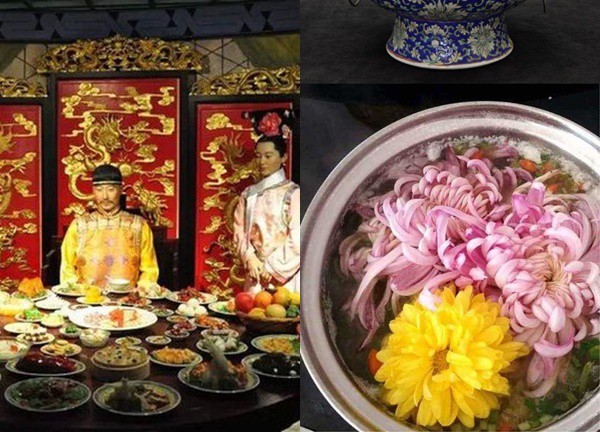
3 | 0 Discuss | Share
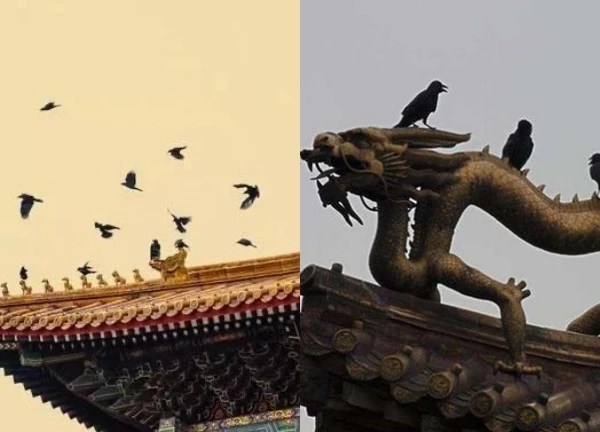
3 | 0 Discuss | Share

2 | 1 Discuss | Share
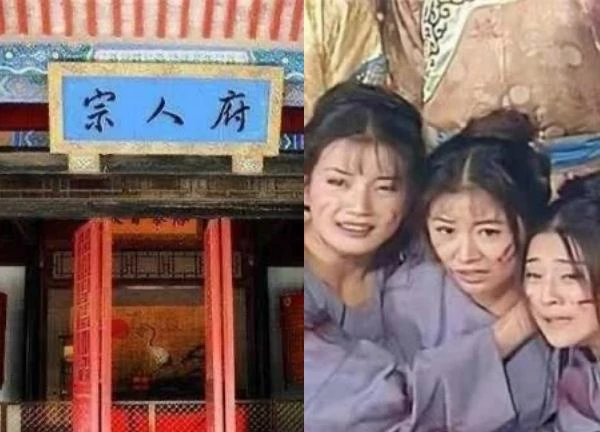
3 | 1 Discuss | Share
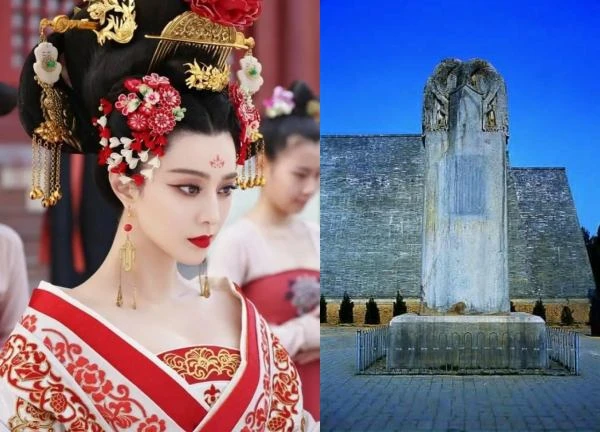
5 | 1 Discuss | Share
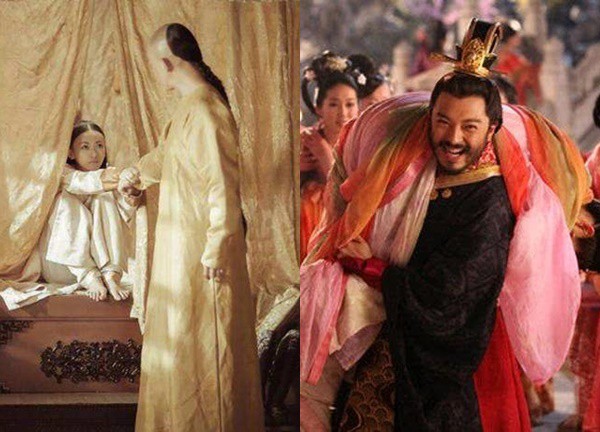
3 | 1 Discuss | Share
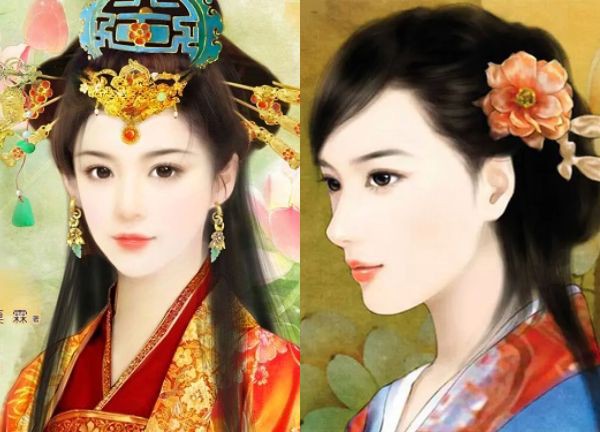
3 | 1 Discuss | Share
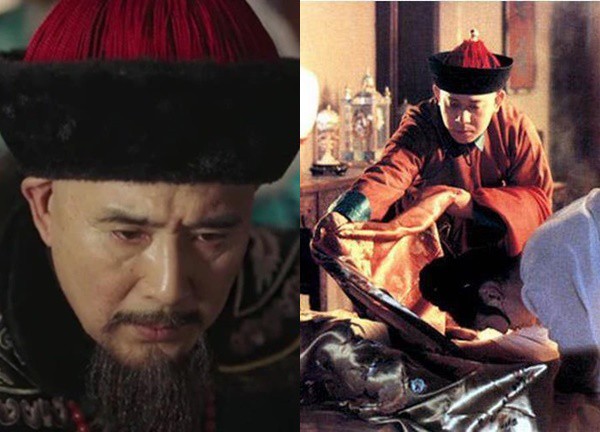
1 | 1 Discuss | Share
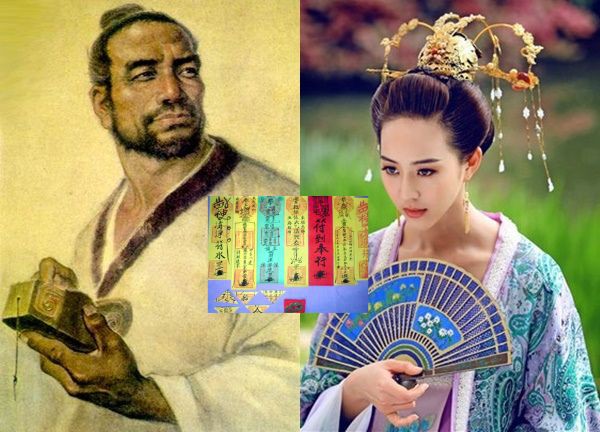
2 | 1 Discuss | Share
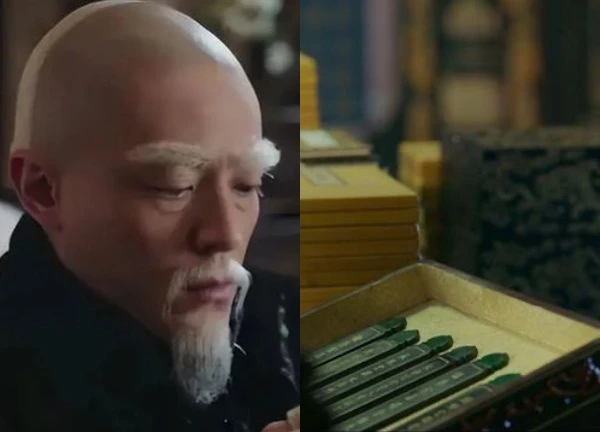
1 | 0 Discuss | Share
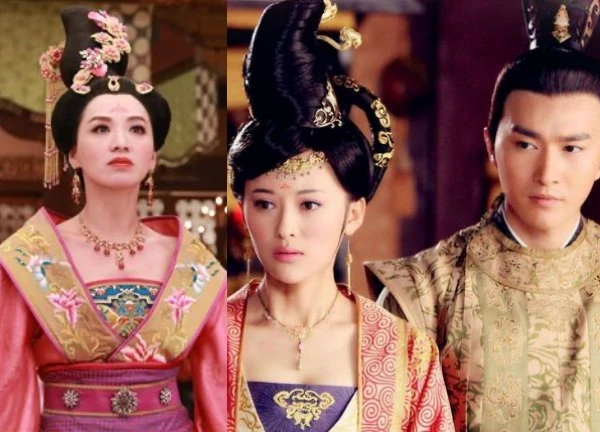
3 | 0 Discuss | Share



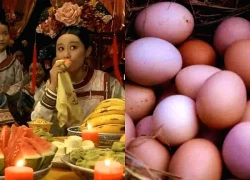
5 | 0 Discuss | Report